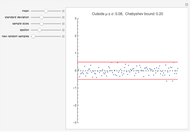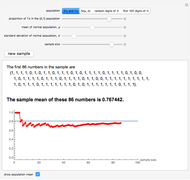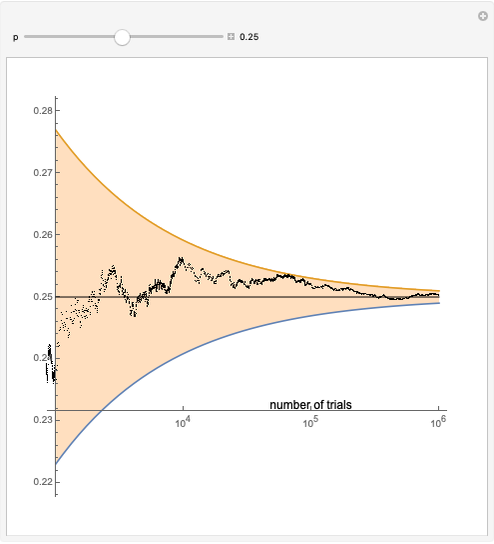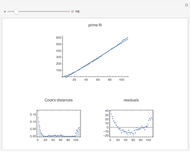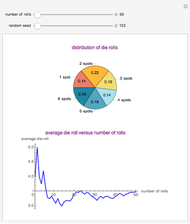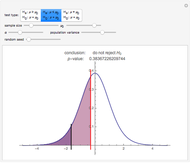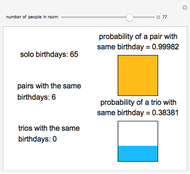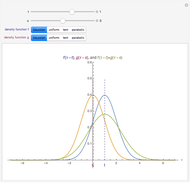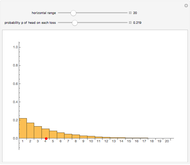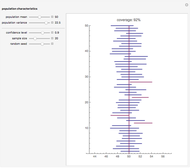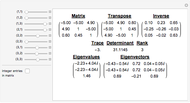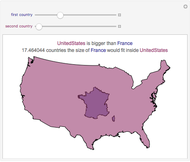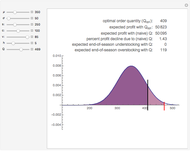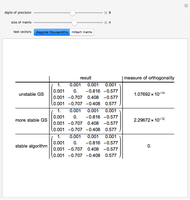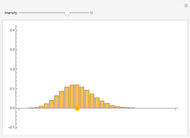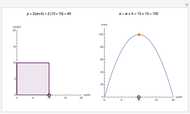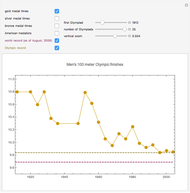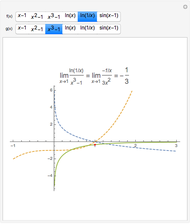Chebyshev's Inequality and the Weak Law of Large Numbers for iid Two-Vectors

Requires a Wolfram Notebook System
Interact on desktop, mobile and cloud with the free Wolfram Player or other Wolfram Language products.
Chebyshev's inequality states that if  are independent, identically distributed random variables (an iid sample) with common mean
are independent, identically distributed random variables (an iid sample) with common mean  and common standard deviation
and common standard deviation  and
and  is the average of these random variables, then
is the average of these random variables, then  An immediate consequence is the weak law of large numbers, which states that
An immediate consequence is the weak law of large numbers, which states that  as
as  . These results are usually stated for real-valued random variables but also hold for random vectors, provided you interpret all absolute values as Euclidean distances and the variance as
. These results are usually stated for real-valued random variables but also hold for random vectors, provided you interpret all absolute values as Euclidean distances and the variance as  . The blue dots in the image are the means of 100 different iid samples from a bivariate normal distribution with mean and standard deviation specified by the locators on the left—
. The blue dots in the image are the means of 100 different iid samples from a bivariate normal distribution with mean and standard deviation specified by the locators on the left— is the square of the magnitude of this standard deviation. The orange dot is the common mean,
is the square of the magnitude of this standard deviation. The orange dot is the common mean,  , and the circle shown is centered at
, and the circle shown is centered at  with radius
with radius  . The fraction of blue dots outside the circle will usually be smaller than the theoretical upper bound given in Chebyshev's inequality—in many instances this bound is very crude.
. The fraction of blue dots outside the circle will usually be smaller than the theoretical upper bound given in Chebyshev's inequality—in many instances this bound is very crude.
Contributed by: Jeff Bryant and Chris Boucher (March 2011)
Open content licensed under CC BY-NC-SA
Snapshots
Details
It should be noted that Chebyshev's inequality and the weak law hold for any underlying distribution—the bivariate normal is used for convenience.








